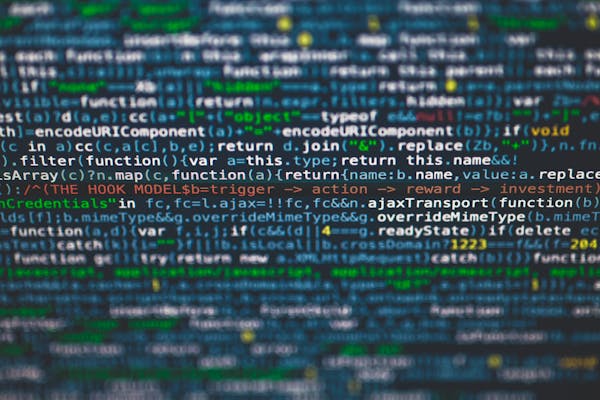
Understanding Primary Data as a Key Component in Research and Analysis
An exploration of primary data, its characteristics, significance, and collection methods in research and analysis.
09/19/2024
Introduction to Primary Data
In the world of research and analysis, data serves as the foundation for informed decision-making and knowledge creation. Among the various types of data, primary data stands out as a crucial component. But what exactly is primary data, and why is it so important? This blog post will delve into the concept of primary data, its characteristics, and its significance in research and analysis.
Defining Primary Data
Primary data refers to information collected directly from original sources by researchers or investigators for a specific purpose or study. This type of data is gathered firsthand, making it unique and tailored to the research objectives. Unlike secondary data, which is already available and has been collected by someone else, primary data is fresh, original, and collected with a particular research question in mind.
Characteristics of Primary Data
Several key characteristics distinguish primary data from other types of information:
-
Originality: Primary data is collected directly from the source, ensuring its authenticity and relevance to the specific research question.
-
Specificity: It is tailored to address particular research objectives, making it highly relevant and focused.
-
Control: Researchers have full control over the data collection process, including the methodology, sample size, and quality control measures.
-
Timeliness: Primary data is typically current and up-to-date, reflecting the most recent information available.
-
Reliability: When collected using proper methodologies, primary data is often considered more reliable and accurate than secondary sources.
Methods of Collecting Primary Data
Researchers employ various methods to gather primary data, depending on the nature of the study and the research objectives. Some common techniques include:
- Surveys and questionnaires
- Interviews (structured, semi-structured, or unstructured)
- Focus groups
- Observations (participant or non-participant)
- Experiments and field trials
- Case studies
- Diaries and journals
Each method has its advantages and limitations, and researchers often use a combination of techniques to ensure comprehensive data collection.
Importance of Primary Data in Research
Primary data plays a crucial role in research and analysis for several reasons:
-
Relevance: It provides information directly related to the research question, ensuring that the data collected is pertinent and valuable.
-
Control: Researchers can design and implement data collection methods that best suit their study's needs, maintaining quality control throughout the process.
-
Accuracy: Primary data is often more accurate and reliable than secondary sources, as researchers can verify the information firsthand.
-
Originality: It allows for the discovery of new insights and the generation of original knowledge, contributing to the advancement of a field of study.
-
Timeliness: Primary data reflects current conditions and trends, making it particularly valuable for time-sensitive research.
Challenges in Collecting Primary Data
While primary data offers numerous advantages, it also comes with certain challenges:
-
Time-consuming: The process of designing, implementing, and analyzing primary data collection can be lengthy and resource-intensive.
-
Cost: Gathering primary data often requires significant financial investment in terms of personnel, equipment, and other resources.
-
Expertise: Proper data collection techniques require skilled researchers and a thorough understanding of research methodologies.
-
Sample size and representation: Ensuring an adequate and representative sample can be challenging, particularly in large-scale studies.
-
Ethical considerations: Researchers must adhere to ethical guidelines and obtain necessary approvals when collecting data from human subjects.
Primary Data vs. Secondary Data
While primary data is collected firsthand, secondary data refers to information that already exists and has been gathered by someone else. Both types of data have their place in research:
Primary Data:
- Collected specifically for the research at hand
- More expensive and time-consuming to gather
- Offers greater control and relevance
Secondary Data:
- Already available from existing sources
- Less expensive and quicker to obtain
- May lack specificity for the research question
Researchers often use a combination of primary and secondary data to achieve a comprehensive understanding of their subject matter.
Conclusion
Primary data is a fundamental component of research and analysis, offering researchers the ability to gather original, relevant information tailored to their specific inquiries. Understanding its characteristics and methods of collection can significantly enhance the quality and impact of research outcomes.
On This Page
Related Blogs
Tranding Blogs.

